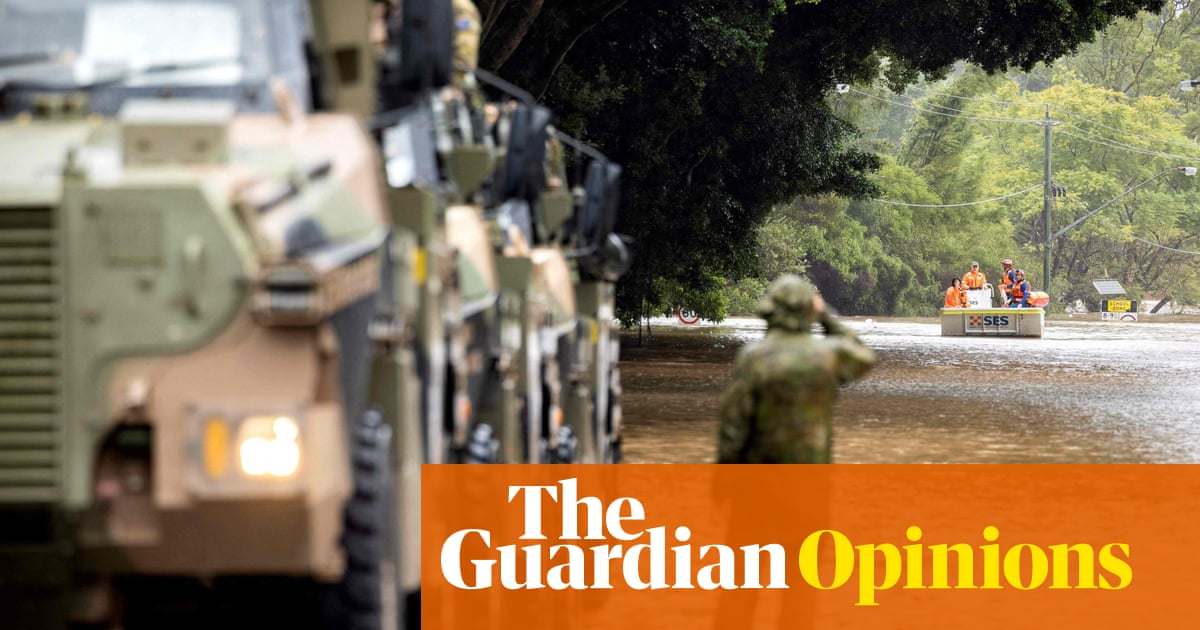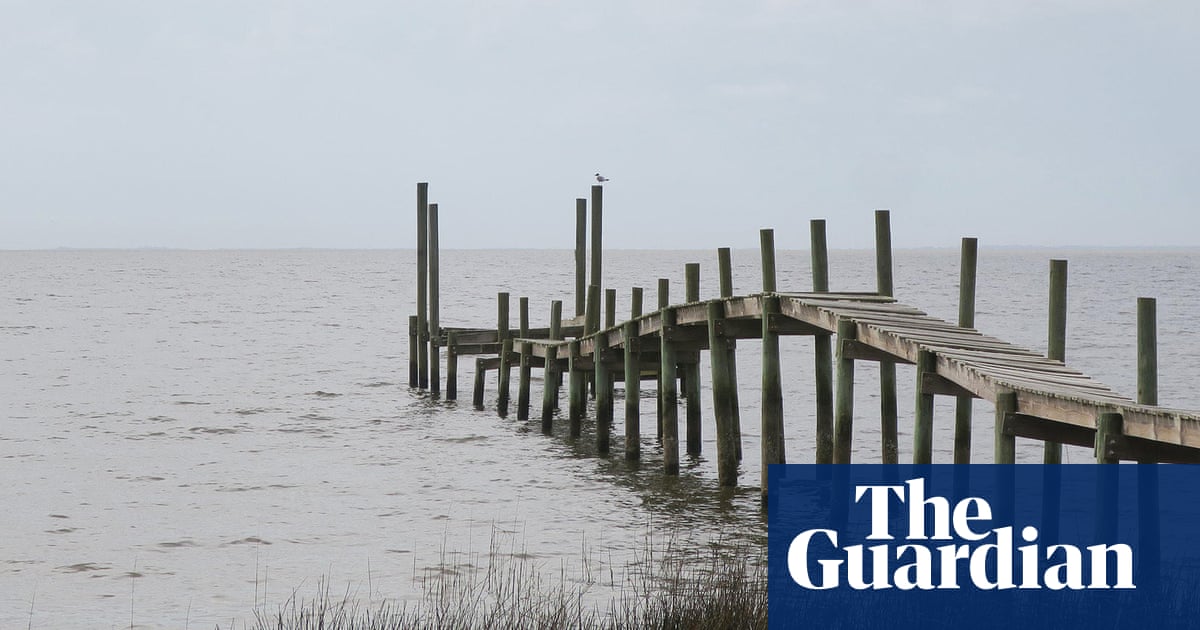As the world grows more unpredictable, Australia’s defence should be focused on people, not purchases | Julianne Schultz

Australians have long taken some comfort in the protection afforded by geography and the tyranny of distance. It was an article of faith that Australia would have 10 years warning to prepare for any conflict, and that the nation the defence minister calls our capital-A ally would spring to our defence.
The 10-year buffer was debunked in the 2020 defence review, and the update two years later concluded that the Australian Defence Force “as currently constituted and equipped is not fully fit for purpose”.
As the US administration scrambles many of the accepted norms of the past 80 years and urges all its allies to spend more money to militarise, the reliability of our Ally is now a matter of intense public debate.
But this is not just a geopolitical dilemma, or an abstract discussion about scenarios.
A recent report by the Australian National Audit Office highlights shortcomings in the defence department in managing contracts and even investigating bribery claims. It also found it failed to provide regular formal and detailed ministerial briefings about the scale of imminent threats.
This suggests that greater security would not necessarily be assured by spending billions more on big, shiny machines and weapons that inevitably cost more than predicted and, almost as inevitably, fail to live up to the sales spiel embodied in the tender document.
The shortcomings that cause concern about security lie even closer to home. The number of people employed in the ADF has been falling for decades. At last count there were only 57,226 permanent staff in the army, navy and air force, another 32,560 in the reserves and a similar number of civilians in the department. By comparison, Woolworths employs 210,000 people.
If the pandemic taught us nothing else, it is that food security is important. But so is national security. That takes on many new dimensions these days on land, sea, air, space and in cyberspace, and most importantly security in our homes, cities and communities.
Australia is still low on the list of countries facing imminent invasion or attack but attempts to neutralise the continent could arrive with devastating stealth.
The rumble of natural disaster and war is such a constant these days that it is easy to forget that when they land, they erupt in a flash. One day you are going about your normal life and then suddenly it changes, everything you took for granted gone.
For years the consequences of these catastrophes have provided an unwelcome backdrop to daily life. Images of death and devastation delivered by terrifying military machines in Ukraine, Gaza, Israel, Lebanon, Syria, Sudan and Iran flicker across our screens, competing with images of lives and communities devastated by floods, fires, droughts and cyclones.
It is striking that even in the publicly available documents about defence preparedness, climate change is a major talking point.
Reading between the lines, it’s not hard to see that the destructive regional impact of climate change – inundated islands, devastated economies, shattered lives – keeps defence strategists up at night. Experience has shown that when natural disasters strike, resilience is tested to breaking point.
We have become accustomed to hearing that the ADF is being deployed to assist during climate-triggered disasters, sometimes with tragic unintended consequences, as the 2020 Canberra fires and the tragic accident near Lismore during the recent Ex-Tropical Cyclone Alfred.
The review of defence capacity has made it clear that the ADF should only be used as a “last resort” during disasters, a recommendation that the government agreed to “in principle”.
after newsletter promotion
In the last three years one disaster has piled on another and the troops have been rolled out to support the largely volunteer emergency services workers. But there is no public sign of discussion about an alternative civilian defence force being actively developed – people with the skills to know what to do when disaster happens.
One of the more important observations in the review that didn’t make it into the recommendations was about social resilience. Resilience is an overused weasel word, but making it real means “equipping communities to absorb shocks, adapt to new conditions, and (potentially) transform itself as a result of particular shocks”.
Looking around the world, there are lessons about how this might be done, and ANU’s National Security College has begun a national consultation about what Australians think security might look like, beyond the missiles, drones, frigates, fighter planes and submarines.
Nations that share borders with potential aggressors, like Finland and Poland, have maintained active civil defence operations, or those living with threat, like Taiwan and Israel, have built bunkers, car parks that transform into hospitals to protect citizens.
Nearly a third of the funds that the Nato countries agreed to commit to increased defence spending demanded by the US is going to this civilian security, protecting the infrastructure that makes life possible.
In Australia we have barely begun to have this conversation, though we are told almost daily that the threat is growing. The pandemic and natural disasters highlighted the gaps, but typically we stalled on the next steps. Activating real civic resilience could be a KPI for the prime minister’s progressive patriotism, much as his predecessor John Curtin once did.
This might be more effective than shipping more dollars overseas to buy ever more complex machines that can, as we see nightly on the news, be destroyed by another even bigger machine.
Source link






